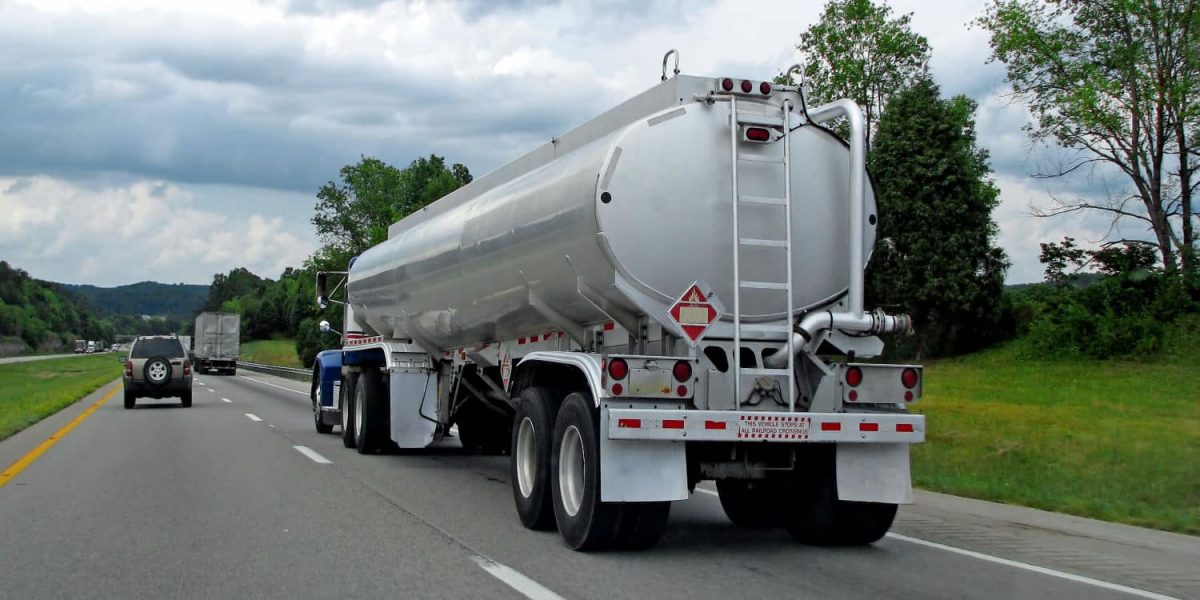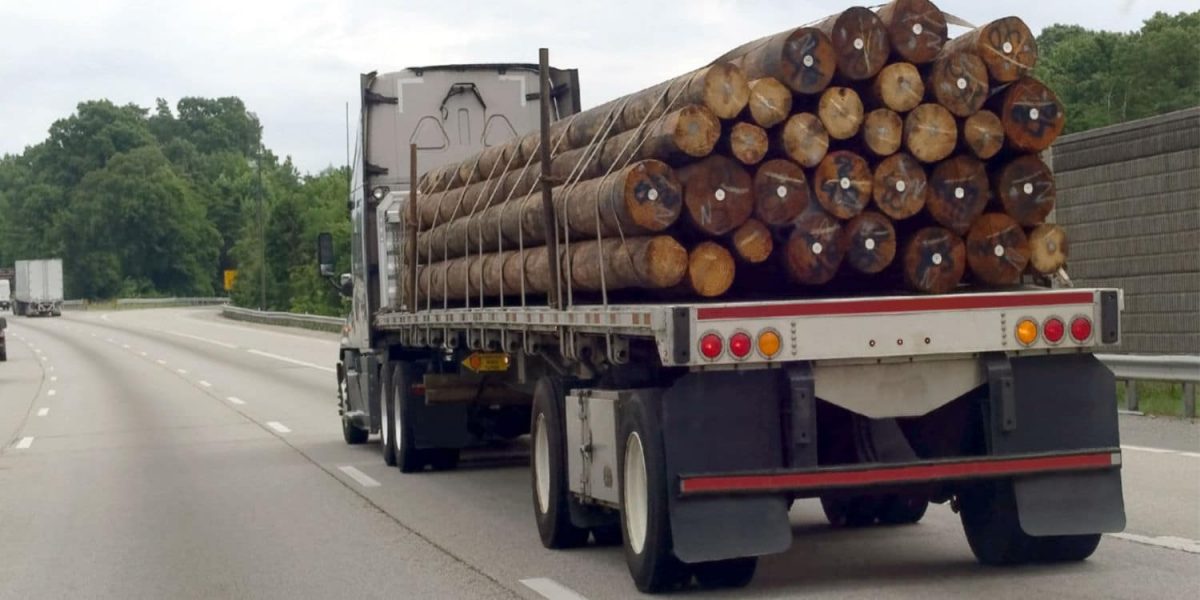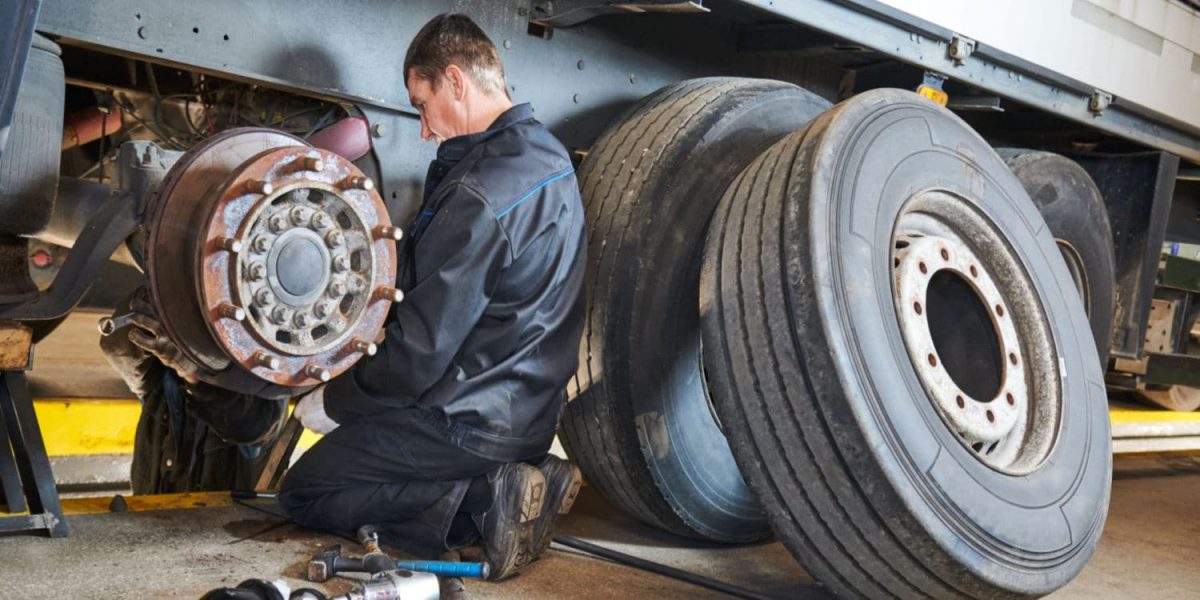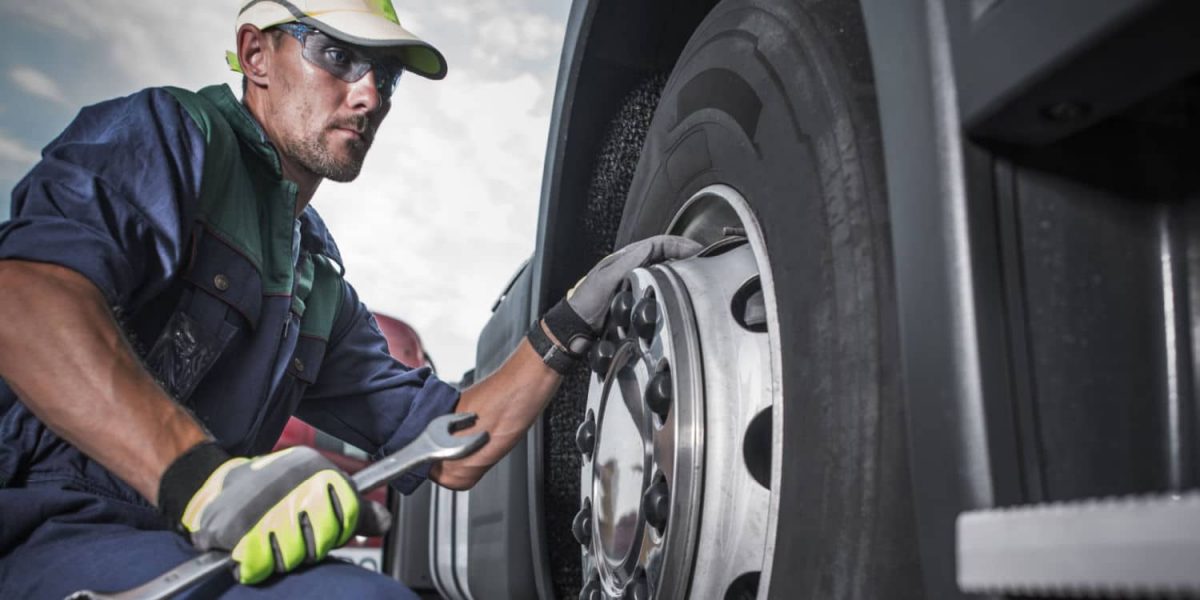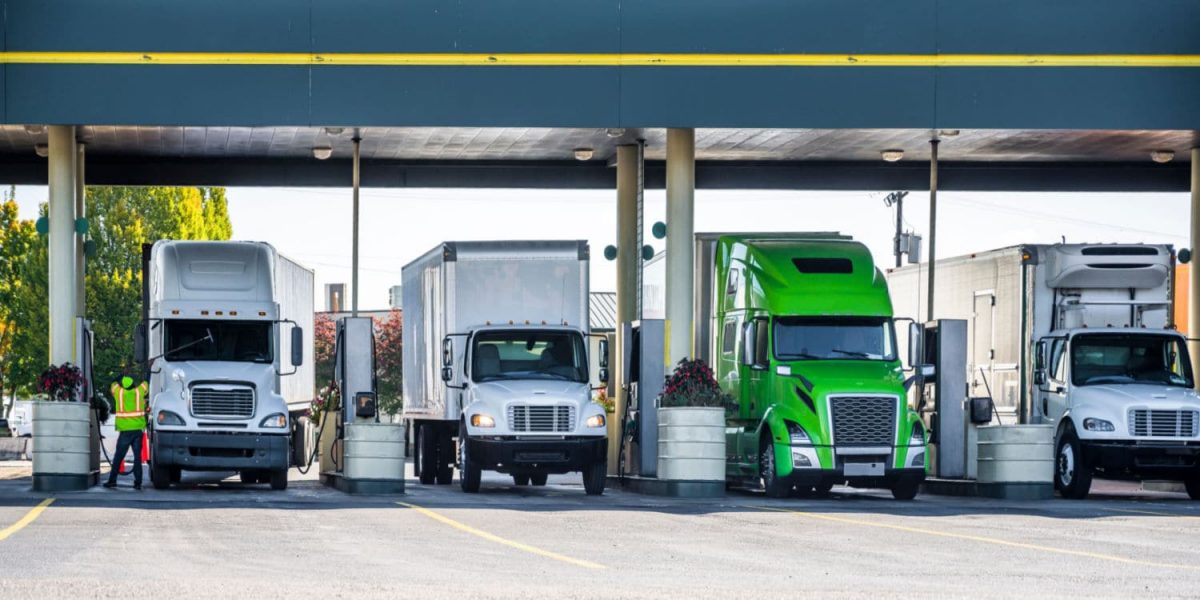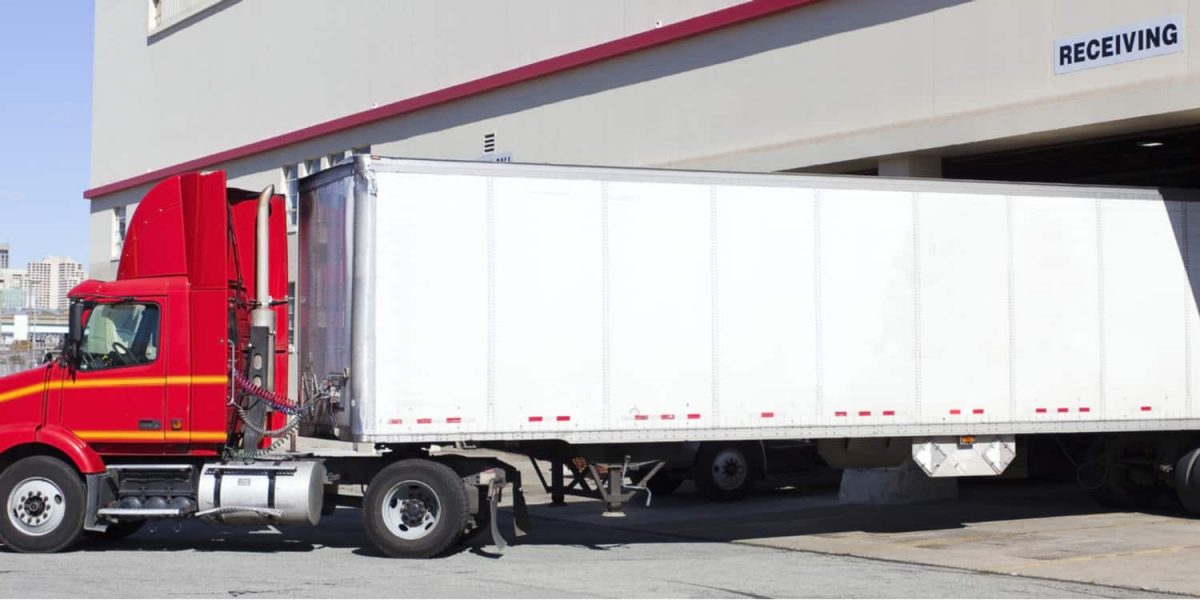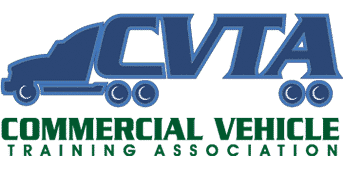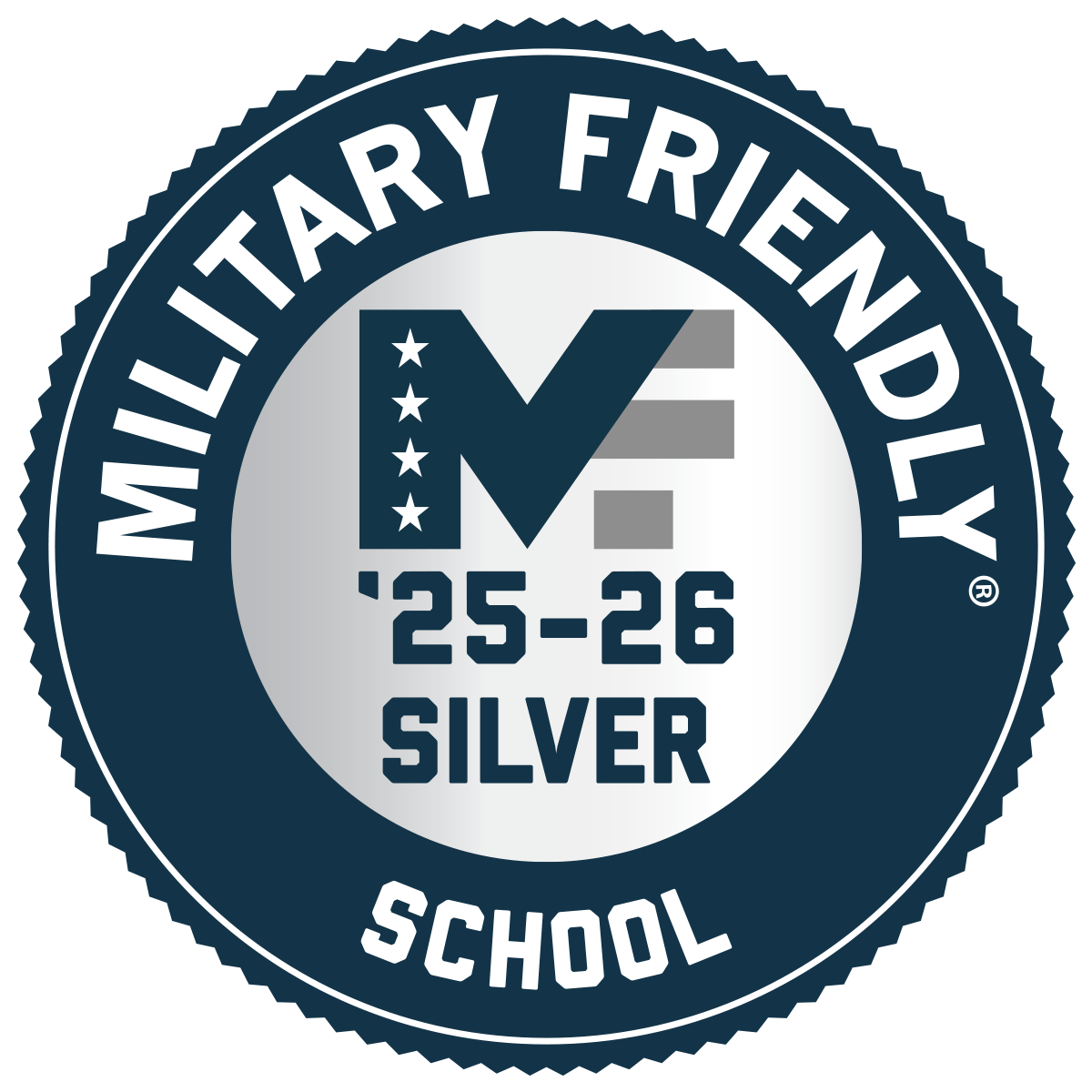Whether you’re new to the trucking industry or a seasoned truck driver, you will spend a lot of time in your cab during long routes. There are many essential items to keep stocked in your vehicle to make it feel more like home. Having the right trucking supplies can also increase your overall comfort while driving. This list of essentials is a great starting point and can be added to as you gain more experience on the road.
Here are ten must-have trucking supplies:
1. Documentation
If you get stopped for a roadside inspection by the Department of Transportation (DOT), there are several documents you need to provide.
It’s a good idea to have the following papers well-organized and available at all times:
- Commercial driver’s license (CDL)
- Proof of insurance
- Vehicle registration
- DOT medical examiner’s certificate
- Shipping paperwork
- Vehicle inspection reports
- Special certifications (such as endorsements for hazardous materials, tanker, and triple trailer)
2. Food and Water
Eating all of your meals on the road at fast food restaurants or gas stations gets expensive, so be sure to pack snacks and meals that are easy to make. Items like bread, crackers, baked goods, and certain fruits are great non-refrigerated options. If you have a mini fridge in your rig, you can bring cold items as well.
3. Personal Hygiene Supplies
Toiletries are an essential part of self-care while on the road. Even if you are on a short-haul route, you should always carry personal hygiene supplies with you. You never know when a job may extend or unexpected delays keep you traveling for longer than anticipated. Keep a kit with travel-sized products ready to go in your vehicle.
4. Clean clothes
Extra clothes are another necessity for life on the road. No matter how long your route is, always pack comfortable clothes for both on and off duty. Make sure you have season-appropriate options also, such as a hat, jacket, and tennis shoes.
5. Tools
A toolkit complete with a wrench set, hammer, and tire pressure gauge should always stay in your semi-truck. Your kit should also include safety apparel like steel-toe work boots, a hard hat, safety glasses, coveralls, and a high-visibility jacket.
6. Emergency Items
Whether you’re a company driver or on your own, keep a medical first aid kit handy in case of emergency. You should also pack other emergency items like bottled water, a flashlight, and jumper cables.
7. Mattress and Bedding
A comfortable mattress and bedding are must-haves for long-haul truckers. These items will help you get quality sleep and prepare for the rest of your route.
8. Entertainment
Entertainment items like an e-reader, TV, or game console can provide you with much-needed downtime when you aren’t operating your truck.
9. Cleaning Supplies
Stocking your rig with cleaning supplies can help keep it tidy and comfortable. You should keep paper towels, cleaning spray, disposable wipes, a small broom and dustpan, and trash bags on hand.
10. Other Essential Trucking Supplies
Other essential trucking supplies include:
- Road atlas
- Pens and paper
- Chargers for all your devices
- Road flares and cones
- Any over-the-counter prescription medicine you need
Truckers Are in High Demand
The trucking industry needs qualified individuals to haul freight now more than ever. The first step to joining this career field is to earn your commercial driver’s license (CDL) with a reputable organization like Phoenix Truck Driving Institute. During and after your training with us, we are committed to helping you succeed as a trucking professional. We offer job placement assistance, and many of our students receive job offers before graduation or shortly after.



